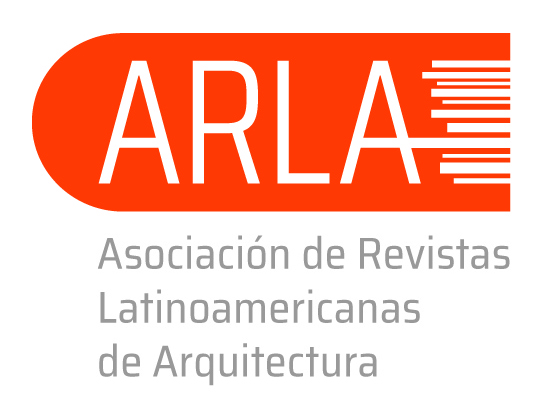Ensino de Projeto de Arquitetura e de Desenho Urbano
Projeto para quem?
DOI:
https://doi.org/10.14409/ar.v12i22.11081Palavras-chave:
Ensino de projeto de arquitetura. Ensino de desenho urbano. Usuários.Resumo
Este artigo tem como objetivo reforçar a importância da ideia de ‘projeto para quem’ através da abordagem da área de estudos ‘Ambiente e Comportamento’ no ensino do projeto de arquitetura e desenho urbano, consolidada por mais de 20 anos em uma turma da disciplina de Introdução ao Projeto Arquitetônico II (IPA II), situada no 2º. Semestre do Curso de Arquitetura e Urbanismo da Faculdade de Arquitetura da Universidade Federal do Rio Grande do Sul (UFRGS). Assim, os procedimentos metodológicos utilizados na disciplina incluem a apresentação e a discussão de conceitos, visando a formação de um repertório para o aluno, a realização de análises, avaliações e sínteses. Dentre os conceitos abordados estão aqueles relacionados à estética e à composição arquitetônica, à função e à inserção da edificação em seu contexto, fundamentados em teorias e resultados de pesquisas sobre as relações entre o ambiente construído e os seus usuários. As análises e avaliações incluem aquelas realizadas em aula, com base em determinados projetos arquitetônicos, assim como através de dois exercícios, enquanto as sínteses constam em outros dois exercícios, incluindo o projeto de uma residência com base nas necessidades dos moradores de uma casa existente selecionada pelo aluno e nas características arquitetônicas, urbanas e geográficas da área onde essa casa se situa, conectando o aluno com a realidade. Dentre os resultados obtidos está o fato de que os projetos realizados pelos alunos tendem a ter uma maior qualidade estética e funcional do que os projetos das casas selecionadas, vários desses elaborados por arquitetos.
Publicado
Como Citar
Edição
Seção
Licença
ACCESO ABIERTO
ARQUISUR Revista es una publicación de acceso abierto y sin ánimo de lucro. No se imputan cargos por la recepción, revisión, evaluación, publicación ni acceso a sus contenidos. Se distribuye bajo una Licencia Creative Commons CC Atribución-NoComercial-SinDerivadas 4.0 Internacional (CC BY-NC-ND 4.0): No se permite un uso comercial de la obra original ni la generación de obras derivadas. Esta licencia no es una licencia libre, y es la más cercana al derecho de autor tradicional.
DESCARGO
Los criterios expuestos en los artículos son de exclusiva responsabilidad de sus autores y no reflejan necesariamente la opinión del Comité Editorial ni de la Dirección Editorial Técnica. Los derechos de los artículos publicados pertenecen a sus autores o editoriales. Los autores ceden sus derechos de publicación al Centro de Ediciones de la Universidad Nacional del Litoral de Santa Fe, Argentina.














